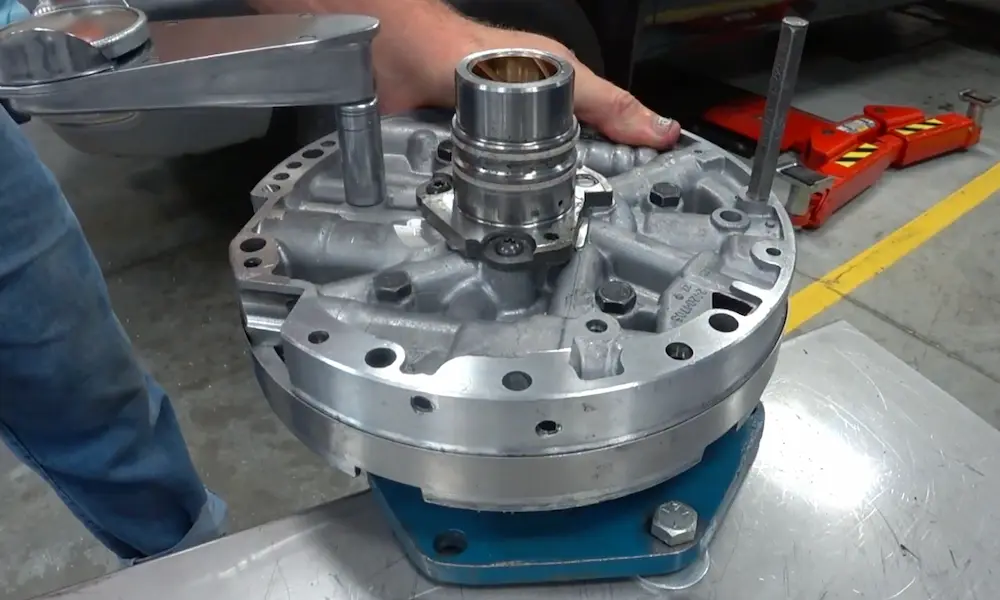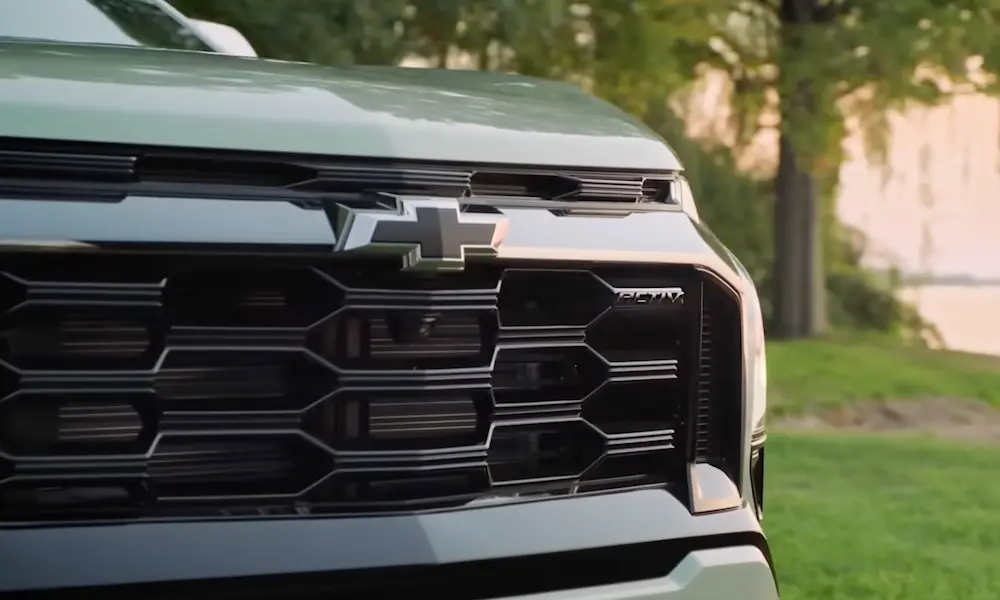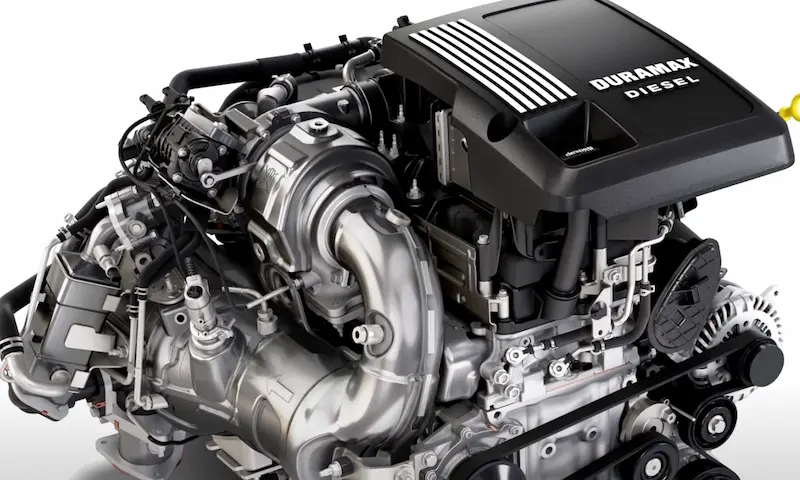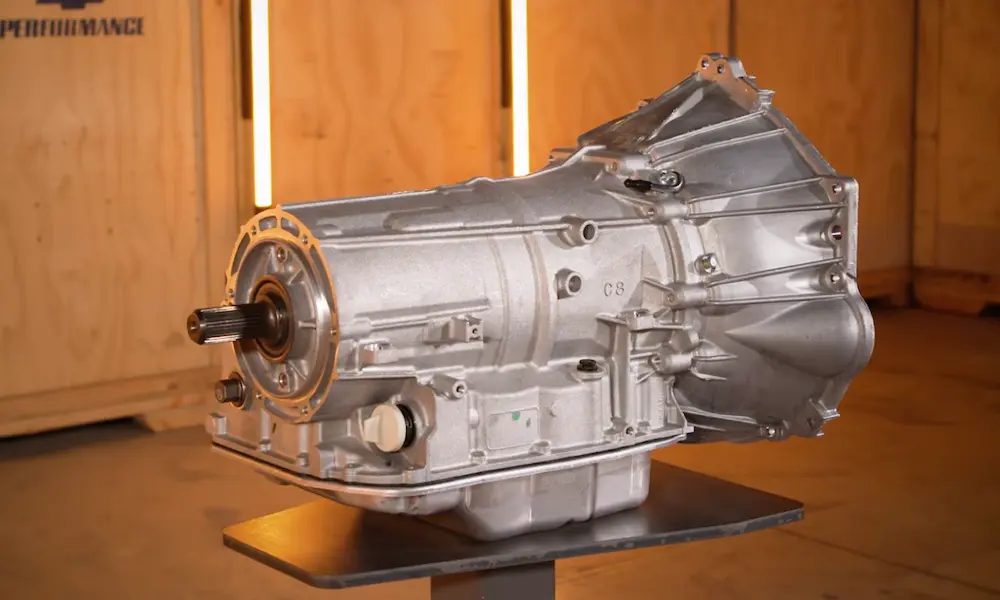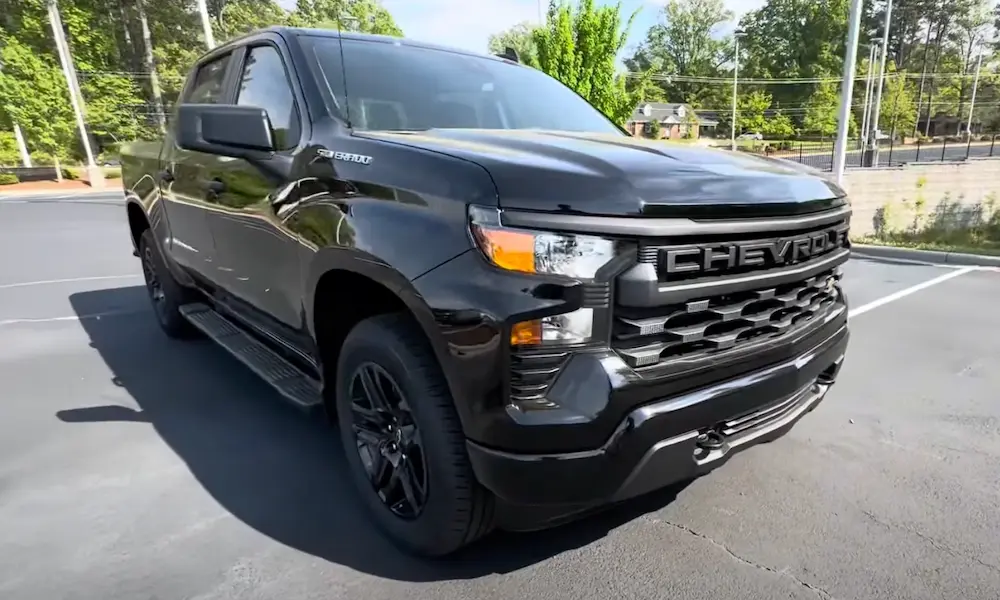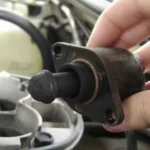Looking to understand what makes the LZ1 engine special? This often-overlooked powerplant represented a significant milestone in GM’s hybrid technology development. Whether you’re researching for a potential purchase or just expanding your automotive knowledge, this guide covers everything you need to know about this unique V8 hybrid system.
What Is the LZ1 Engine?
The LZ1 is a 6.0L V8 engine that served as General Motors’ hybrid powerplant from 2010 to 2013. Part of GM’s Generation IV small block family, it combined traditional V8 power with hybrid technology to improve fuel economy in larger vehicles without sacrificing capability.
This aluminum block V8 delivered 332 horsepower at 5,100 RPM and 367 lb-ft of torque at 4,100 RPM while achieving approximately 25% better fuel economy than comparable non-hybrid engines. For marketing purposes, GM called it the Hybrid Vortec 6000 and integrated it into their two-mode hybrid system.
LZ1 Engine Specs at a Glance
Here’s a quick overview of the LZ1’s core specifications:
| Specification | Detail |
|---|---|
| Displacement | 6.0L (364 cubic inches) |
| Configuration | 90° V8 |
| Block Material | Aluminum |
| Compression Ratio | 10.7:1 |
| Horsepower | 332 hp @ 5,100 RPM |
| Torque | 367 lb-ft @ 4,100 RPM |
| Bore x Stroke | 4.000 × 3.622 inches |
| Production Years | 2010-2013 |
| Manufacturing Location | Silao, Mexico |
| VIN Code | “J” (8th digit) |
Vehicles Equipped with the LZ1 Engine
The LZ1 was exclusively used in GM’s hybrid truck and SUV lineup, including:
- Chevrolet Silverado Hybrid
- GMC Sierra Hybrid
- Chevrolet Tahoe Hybrid
- GMC Yukon Hybrid
- Cadillac Escalade Hybrid
If you’re wondering whether a vehicle has an LZ1, check the VIN—all applications used “J” as the 8th digit.
The Heart of the LZ1: Block and Mechanical Design
The LZ1’s foundation is its aluminum block design, which helped reduce weight compared to iron-block 6.0L engines—a critical factor for improving fuel efficiency in large trucks and SUVs.
The engine block features:
- Casting number 12568952
- 4.000-inch bore diameter
- 3.622-inch stroke
- 9.240-inch deck height
- 4.400-inch bore spacing
- Robust 6-bolt main cap design for durability
Inside the block, you’ll find a cast iron crankshaft (P/N 12588613) with 2.559-inch main journal diameter and 2.100-inch rod journal diameter. For precise timing control, the LZ1 uses a 58X reluctor wheel design.
The piston and rod assembly consists of:
- Hypereutectic cast aluminum alloy pistons
- Flat top design with valve reliefs
- Powdered metal connecting rods
- I-beam style rods measuring 6.098 inches in length
Cylinder Head and Valvetrain Technology
The LZ1 utilizes cathedral port cylinder heads (casting numbers 799 and 243) similar to those used on the performance-oriented LS6 engine. These aluminum heads provide excellent airflow while maintaining compatibility with the LS engine family architecture.
Key cylinder head specifications include:
- 65cc combustion chambers
- 210cc cathedral-shaped intake runners
- 75cc D-port exhaust runners
- 2.000-inch intake valves
- 1.575-inch exhaust valves
The valvetrain employs hydraulic roller lifters and features Variable Valve Timing (VVT) technology. This system continuously adjusts camshaft timing to optimize performance and efficiency across different operating conditions—a significant upgrade over fixed-timing engines.
Camshaft and Advanced Timing System
The LZ1’s camshaft (P/N 12629698) is specifically designed to balance power and efficiency with these specifications:
- 200° intake duration at .050-inch lift
- 208° exhaust duration at .050-inch lift
- 0.472-inch intake valve lift
- 0.479-inch exhaust valve lift
- 116° lobe separation angle
- Single-bolt cam gear attachment with 4X poles
One of the LZ1’s most significant technological features is its dual efficiency-enhancing systems:
- Active Fuel Management (AFM): This cylinder deactivation system allows the engine to operate on just four cylinders during light load conditions, substantially improving highway fuel economy.
- Variable Valve Timing (VVT): This system continuously adjusts valve timing for optimal combustion efficiency across all operating conditions.
Together, these systems help the LZ1 deliver both power when needed and efficiency during normal driving.
The Hybrid System: What Makes the LZ1 Special
The LZ1’s true uniqueness comes from its integration with GM’s innovative two-mode hybrid system. While the engine itself shares much with other Generation IV V8s, it works in conjunction with:
- Two 80-hp electric motors producing 184 lb-ft of torque each
- A sophisticated 300-volt battery system
- An advanced electronic control system that manages power flow
These electric motors are integrated into the transmission case and feed power through a planetary gear set, enabling several operating modes:
- Electric-only operation at low speeds
- Combined electric and V8 power for maximum acceleration
- V8-only power with cylinder deactivation for highway cruising
- Regenerative braking to capture energy normally lost during deceleration
The hybrid system pairs with a special 2-mode automatic transmission (code M99) featuring four forward gears with the following ratios:
| Gear | Ratio |
|---|---|
| First | 3.69:1 |
| Second | 1.70:1 |
| Third | 1.00:1 |
| Fourth | 0.73:1 |
| Reverse | 1.70:1 |
Technological Advancements in the LZ1
As the most advanced cathedral-port engine in GM’s lineup at the time, the LZ1 included several notable technological features:
- Up-integrated electronic throttle control for precise power delivery
- Long-life spark plugs reducing maintenance requirements
- GM’s Oil Life System for optimized service intervals
- Active Fuel Management for improved highway efficiency
- Variable Valve Timing for optimized performance across all RPM ranges
The LZ1 built upon the foundation of its predecessor (the LFA), which had been selected by Ward’s as one of the 10 best engines in any regular production vehicle.
Performance and Efficiency Balance
The LZ1 achieved a remarkable balance between power and efficiency. Its 332 horsepower and 367 lb-ft of torque provided ample capability for towing and hauling, while its hybrid system delivered approximately 25% better fuel economy than comparable non-hybrid engines.
In real-world terms, this meant:
- Vehicles could tow up to 6,100 pounds (in Silverado/Sierra applications)
- City fuel economy improved dramatically compared to non-hybrid models
- The system could operate on electricity alone at low speeds, reducing fuel consumption in stop-and-go traffic
Legacy and Impact of the LZ1 Engine
Though only produced from 2010 to 2013, the LZ1 engine laid important groundwork for GM’s future hybrid and efficiency technologies. It represented a significant step in hybridizing full-size trucks and SUVs—a challenging segment due to size, weight, and capability requirements.
The technological lessons learned from the LZ1 program influenced GM’s later development of more efficient powertrains, including their current generation of electrified vehicles. While sales volumes were relatively modest, the LZ1-powered vehicles demonstrated that hybrid technology could work effectively in large trucks and SUVs.
Maintenance Considerations for LZ1 Engines
If you own or are considering purchasing a vehicle with the LZ1 engine, here are some maintenance points to keep in mind:
- The engine uses GM’s dexos-approved synthetic oil
- Oil change intervals are extended thanks to the Oil Life System
- The hybrid system components have separate maintenance requirements
- The 300-volt battery system should only be serviced by technicians trained in high-voltage safety
- The cooling system is more complex than in conventional vehicles due to the need to cool both the engine and hybrid components
For major repairs, it’s advisable to use technicians familiar with GM hybrid systems, as these vehicles combine conventional engine technology with sophisticated electronic controls.
How the LZ1 Compares to Other GM 6.0L Engines
The LZ1 shares its basic architecture with other GM 6.0L engines but differs in several key areas:
- Aluminum block vs. iron blocks in some truck applications
- Higher compression ratio (10.7:1) than most truck 6.0L engines
- Variable valve timing not present on all 6.0L variants
- Integration with the hybrid system making it unique in the lineup
While the basic architecture is similar to engines like the LY6, L96, and LFA, the LZ1’s specific tuning and hybrid integration give it a distinctive character focused on balancing power with efficiency.
Finding and Identifying an LZ1 Engine
If you’re looking to identify an LZ1 engine, here are the key distinguishing features:
- Engine block casting number 12568952
- “J” as the 8th digit in the vehicle’s VIN
- Visible high-voltage orange cables connecting to the transmission
- “Hybrid” badging on the vehicle exterior
- Presence of the 300-volt battery pack (typically under the rear seat or in the cargo area)
The LZ1 is relatively rare compared to other GM V8 engines, making properly maintained examples potentially valuable to collectors interested in hybrid technology development.
The LZ1’s Place in Automotive History
The LZ1 represents an interesting chapter in automotive history—a period when manufacturers were exploring various approaches to improving efficiency in larger vehicles. While full electrification has become more common in today’s market, the LZ1 shows how engineers bridged the gap between traditional V8 power and emerging hybrid technology.
For enthusiasts and collectors, vehicles powered by the LZ1 offer a unique combination of traditional V8 sound and feel with early hybrid technology—a combination that makes them distinctive in both the GM lineup and the broader automotive landscape.





